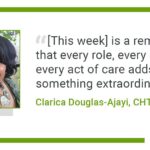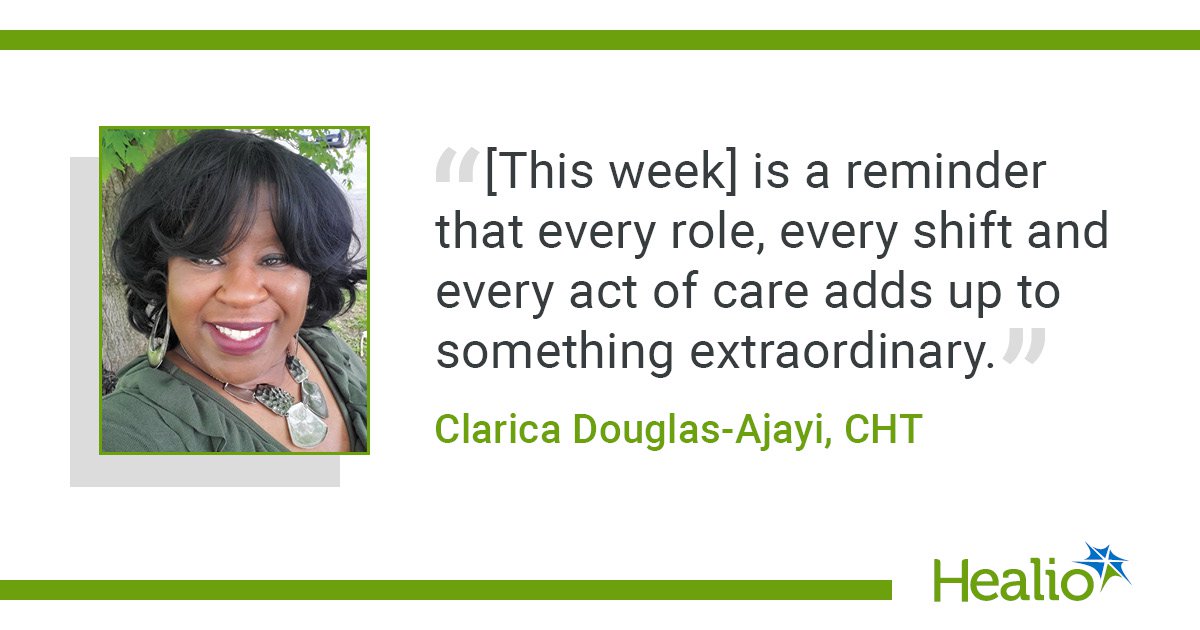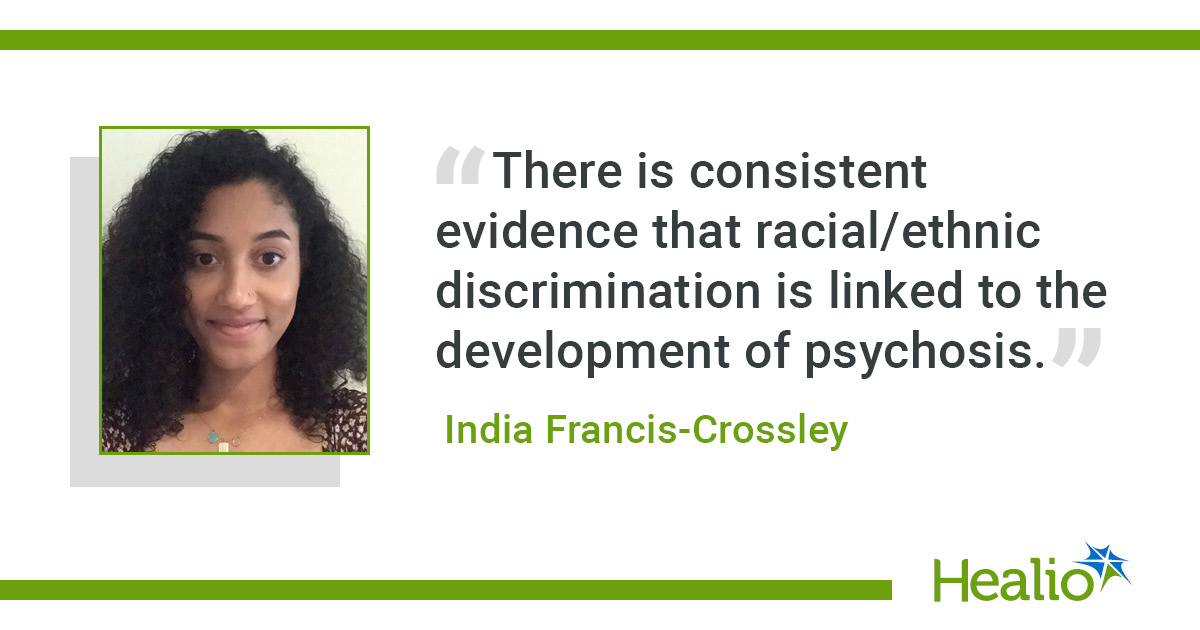A quick reality check
Sticker shock is common in L.A. therapy. The part most people miss: the city also runs on an under-publicized ecosystem of low-fee clinics, university training centers, county programs, and peer networks that bring costs down without sacrificing credibility. If you know how to navigate it, you can get ongoing care without taking on a second rent.
The three doors that usually open first
1) Community & nonprofit clinics
Sliding scales tied to income; some sites include psychiatry and case management. Spanish and other languages are often available, and evening hours aren’t rare.
2) University training clinics
Graduate clinicians (supervised by licensed psychologists/LMFTs) run weekly sessions at a fraction of private-practice rates. Structure is tight, documentation is clean, and cancellations are enforced—helpful for consistency.
3) Publicly funded centers (county-supported)
If you’re uninsured or underinsured, this is the broadest menu: individual and family therapy, groups, substance use services, and help coordinating benefits.
What to say when you call (scripts that work)
- For sliding scale: “I’m looking for weekly therapy on a sliding scale. Household income is approximately $___. Do you have availability within the next month?”
- For training clinics: “Are you accepting new clients this term? What’s the range of fees, and can I request evening sessions?”
- For county services: “I’m uninsured and need an intake for therapy and possible medication management. What documents should I bring, and what’s the earliest assessment slot?”
Keep a notepad: name, date, copay/fee, languages, location/telehealth, first available.
A decision map (use this instead of guessing)
- No insurance + low income: Start with county-supported centers → ask for intake + groups; in parallel, apply at two training clinics.
- High deductible PPO: Find in-network therapists, then ask about cash rates for out-of-network if schedules are better—sometimes cheaper than meeting a deductible.
- Need meds or diagnostic clarity: Prioritize clinics that list psychiatric evaluation and med management; verify refill cadence and lab requirements.
- Tight schedule: Filter for telehealth, evening, or Saturday blocks; groups can fill gaps between individual sessions.
Where the savings usually are (and what you actually get)
- Sliding scale programs: Individual, couples, and family sessions; many sites also run stress, mood, or trauma groups at very low cost.
- Training clinics: The fee stays predictable semester to semester; supervision means your treatment plan doesn’t drift.
- County centers: Beyond therapy, you can get help with benefits, housing referrals, and care coordination—crucial if multiple issues stack up.
Groups and peer networks: the overlooked lever
Not every problem needs a 50-minute hour. Free or low-cost groups covering depression, bipolar disorder, trauma, grief, and substance use meet weekly across the city and online. Families can find their own peer circles with playbooks for supporting a loved one. These aren’t a substitute for clinical care, but they add two things private practice rarely does: community and repetition.
Insurance: how to make it work for you
Medi-Cal covers therapy, psychiatry, and substance use treatment through county clinics and contracted providers. If you qualify, it’s the smoothest path into a full continuum of care.
Private insurance will approve therapy, but networks and deductibles drive the real cost. Call the number on your card and ask:
- “Send me in-network therapists and psychiatrists near ZIP- who bill for telehealth and group therapy.”
- “What are my copays and the allowable fee per session?”
- “Do I need prior authorization for medication management?”
Then verify the provider’s status directly—panel listings lag.
When therapy isn’t enough: psychiatry and specialized programs
For some conditions, meds, IOP/partial programs, or dual-diagnosis tracks matter. Many L.A. clinics fold in psychiatric evaluations and ongoing med management; several run substance use services and youth programs. Ask three specifics:
- Evaluation lead time (weeks or months),
- Refill policy (tele- vs in-person),
- Coordination with your therapist (same chart or secure messaging).
Training clinics: how to vet them in 5 minutes
- Supervision: Who signs notes? How often do they meet with trainees?
- Continuity: What happens between terms; can you keep the same clinician?
- Scope: Do they see couples/families? Any specialty tracks (trauma, anxiety, child/adolescent)?
- Fees: Sliding range, payment policies, cancellation rules.
- Access: Telehealth setup, languages, ADA considerations.
If the answers are crisp, the experience usually is too.
Red flags vs. green lights
Red flags: only cash accepted, no written policies, vague supervision, waitlists with no timeframes, pressure to prepay bundles.
Green lights: clear intake steps, published fee ranges, printed rights/responsibilities, bilingual staff, and someone answering the phone who can tell you exactly what the next week looks like.
A one-week action plan (clipboard ready)
Day 1: List 6 providers—2 community clinics, 2 training clinics, 2 county centers near you.
Day 2: Make calls; submit intake forms same day.
Day 3: Price check your insurance benefits; request in-network lists and telehealth approvals by email.
Day 4–5: Book the first available assessment; hold a second slot as backup.
Day 6: Add one peer group to your week (mood, grief, trauma, recovery—your choice).
Day 7: Review: cost per week, commute/telehealth fit, comfort level with the clinician. Keep the best option; release the backup.
If you’re on the east side (or along the 210)
Pasadena, Glendale, and the 210 corridor tend to have a denser network of outpatient psychiatry at more approachable fees. If meds or a diagnostic eval are on your roadmap, look for in-network mental health and psychiatric services in Pasadena—that pocket often has better availability, steadier follow-up schedules, and fewer last-minute cancellations, which makes staying on treatment far more realistic.
What progress looks like on paper
- A consistent weekly slot you can afford for 8–12 weeks.
- A basic treatment plan (goals + cadence), even in low-fee settings.
- One group or peer meeting that supports the week between sessions.
- If meds are involved: a scheduled follow-up and clear refill rules.
Bottom line
L.A. can be expensive; your care doesn’t have to be. Mix sliding-scale or training-clinic therapy with the breadth of publicly funded services, and use groups to add support at nearly zero cost. If insurance is in the picture, make it do real work—network lists, telehealth approvals, and clear copays—so your out-of-pocket stays predictable. The result isn’t a compromise; it’s a sustainable plan you can actually keep.
Image by Timur Weber from Pexels
The editorial staff of Medical News Bulletin had no role in the preparation of this post. The views and opinions expressed in this post are those of the advertiser and do not reflect those of Medical News Bulletin. Medical News Bulletin does not accept liability for any loss or damages caused by the use of any products or services, nor do we endorse any products, services, or links in our Sponsored Articles.








